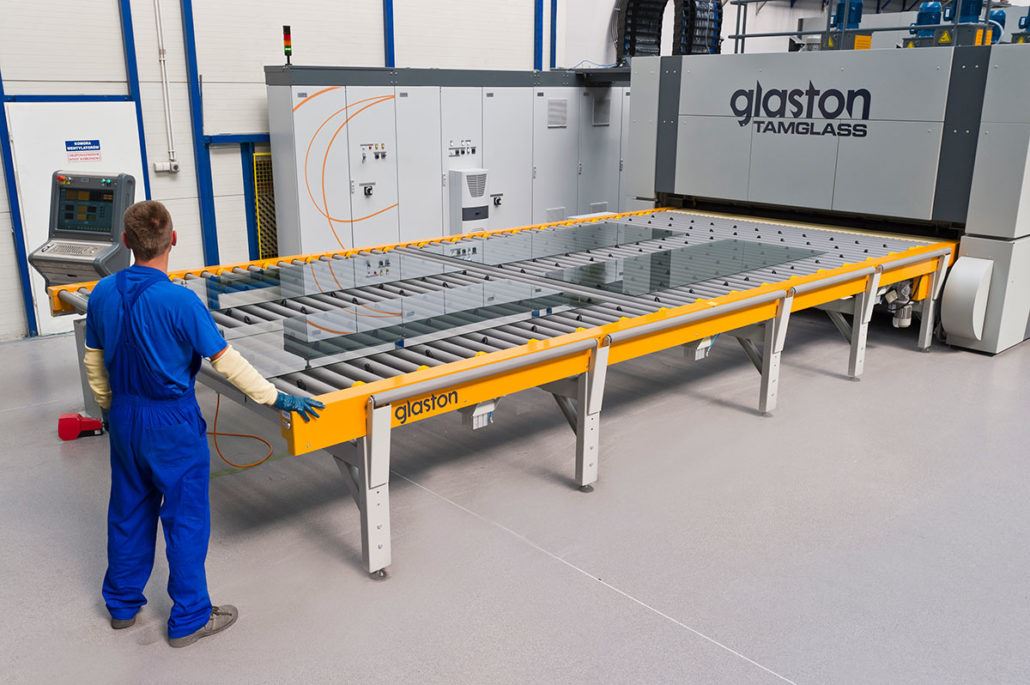Polish foreign investment on the up
Polish foreign investments are growing. Half of them go to Central and Eastern Europe.
Foreign expansion is being carried out by over 1,800 companies from Poland and the value of capital invested by Polish companies abroad is approx. EUR 23 billion. The last two years have brought a large increase in this activity – in 2021 alone, the value of Polish foreign investments amounted to EUR 7 billion and was twice as high as the annual average in the previous decade. Data for the first half of this year indicate a similar increase, according to the report “Polish business abroad. Which Polish companies are expanding in Central and Eastern Europe,” developed by SpotData in cooperation with the UNIQA insurance company. The authors indicate that it is in this region that half of Polish FDI is concentrated, which should continue to grow in the coming years, even despite the slowdown caused by the war in Ukraine.
“In the last year of Polish investments abroad, especially in Central and Eastern Europe, there were clearly more than before the COVID-19 pandemic. In our report, we show that in the last 12 months there have been twice as many of them as on average in the last 10 years. We have reached a point in the development of our economy when the most thriving domestic companies have outgrown the domestic market and need expansion. They have achieved success at home and are looking for new investment opportunities. Therefore, it seems that, taking into account our level of development, we should observe much more of these investments in the coming years, if the macroeconomic environment is favorable,” says Newseria Biznes Ignacy Morawski, SpotData director, chief economist of “Puls Biznesu.”
Last year was the best year for Polish companies’ FDI in the last decade – their value reached EUR 7 billion, while the average for the years 2010-2020 is EUR 3.8 billion per year. The most important countries of Central and Eastern Europe received EUR 920 million (compared to the 2010-2019 average of EUR 415 million). Data for the first half of this year also show an increase. In the following quarters, they may be even more pronounced, as Russia and, to some extent, Belarus have dropped out of the area of interest of domestic companies. Half of the foreign capital is located in the CEE region (most of it in the Czech Republic), with 29% to Poland’s neighbors in the region, and 21% to other countries in the region.
“The CEE region plays a very important role in the foreign expansion of Polish companies. It is its first, natural direction,” says Ignacy Morawski. “There are several reasons for this. Firstly, geographical proximity, because investments require attention, supervision, frequent visits to offices and factories. Secondly, these markets are quite similar to each other, they have a similar history of economic transformation, which began three decades ago. The Czech Republic is the most developed country in the region, we are a bit behind the Czech Republic, Romania is a bit behind us, Bulgaria is behind Romania and then the Balkans, but they all follow a similar path.”
Cultural proximity and similar market structures and economic experience also make it easier for entrepreneurs from Poland to find their way in the region than in the West.
“The third reason is the Polish brand, because Polish products enjoy a good reputation in the region, unlike in more developed countries, where they are not so well known. On the other hand, consumers in Central and Eastern Europe have experience with Polish products, they remember them well from previous decades, so this certainly helps Polish companies in their expansion,” says the director of SpotData.
Despite the progress made in recent years, Poland is still a country investing relatively little abroad compared to other EU countries. In the last decade, the average value of FDI from Poland was approx. EUR 100 per capita per year (1% of GDP), compared to approx. EUR 600 on average for the EU (2% of GDP). They invest relatively more than the Czech Republic or Slovakia, i.e. countries with which Poland is often compared. According to analysts, this is the result of Poland’s still lower level of economic development, which is associated with lower financial capabilities of companies, less developed organizational structures and a lower ability to conduct expansion. However, this is slowly starting to change and Poland is probably on the threshold of a larger wave of capital expansion of domestic companies, because after a decade of rapid development, the domestic market is too small for many of them. The prospects for Polish FDI for the coming years seem positive even after the slowdown related to the conflict in Ukraine.
When developing operations in the CEE region, even despite geographical and cultural proximity, companies must remember a few fundamental principles – including proper market research, securing financing and, above all, accurate assessment of business, financial, tax and legal risks.
“Proper risk identification and management is an important factor in the success of a foreign investment,” says Piotr Wójcik, Managing Director of the Corporate Client Solutions Division at UNIQA. “Insurance in the form of an international program that comprehensively covers foreign operations can help in this. As an insurer, we share our experience on foreign markets. A simple example is the risk of an earthquake. Fortunately, Poland is a country free from this threat, but when building a factory abroad, it is worth taking that into account. Another example is the risk of conducting disputes in foreign legal systems. Defending against a client’s claim in the German legal system must be conducted in a completely different way than, for example, in the Czech Republic,” he adds.
Wójcik notes that Polish enterprises that intend to expand abroad should consider insuring all their operations in Poland. The advantage of this solution is partly convenience, because the company gains one partner with whom it communicates in the same language.
“In addition, the policy covers all risks in its entirety. Thanks to this, the company can avoid potential threats and gaps in insurance coverage, which can happen when insurance is a patchwork of local policies,” says Wójcik. “Another reason is also the need to coordinate damages on an international scale. Our experience as an insurer shows that in the case of large international companies, often the same damage, the same random event affects several companies located in several countries at the same time. That is why international coordination is so important for proper claims handling,” he says.
Over 1,800 from Poland are currently expanding abroad and over the past decade this number has increased by about 1/3. This means that each year there are on average about 50 companies that expand in other countries. Small and medium-sized enterprises, employing up to 49 people, constitute the largest group of investors – 43%. Large entities, employing more than 249 people, account for 27%.
The largest sectors involved in expansion in the CEE region are processing and trade (they account for 70% of investments), led by companies such as PKN Orlen, Press Glass, Alumetal, Śnieżka, LPP and CCC. However, in recent years, many medium-sized companies have tried their hand abroad, especially in the technology sector.
“The industry in which the value of foreign investments is the highest is manufacturing. This results, among others, from the fact that processing is capital-intensive and you have to spend a lot of money to open a business abroad. On the other hand, if someone has an IT company, they only open an office and it is not such a capital-intensive undertaking anymore,” explains Morawski. “Looking at the industry for which investments are relatively the most important and weigh the most in total assets – this is trade. This industry has already created many really modern, international companies on our market – those that are already listed on the Warsaw Stock Exchange and that are expanding not only in our region, but also in Western Europe. This is already the flagship industry of the Polish economy. However, recently we have seen more investments in technology, IT and media, generally in the field of internet technologies. And this is a new trend that will probably develop,” he adds.







